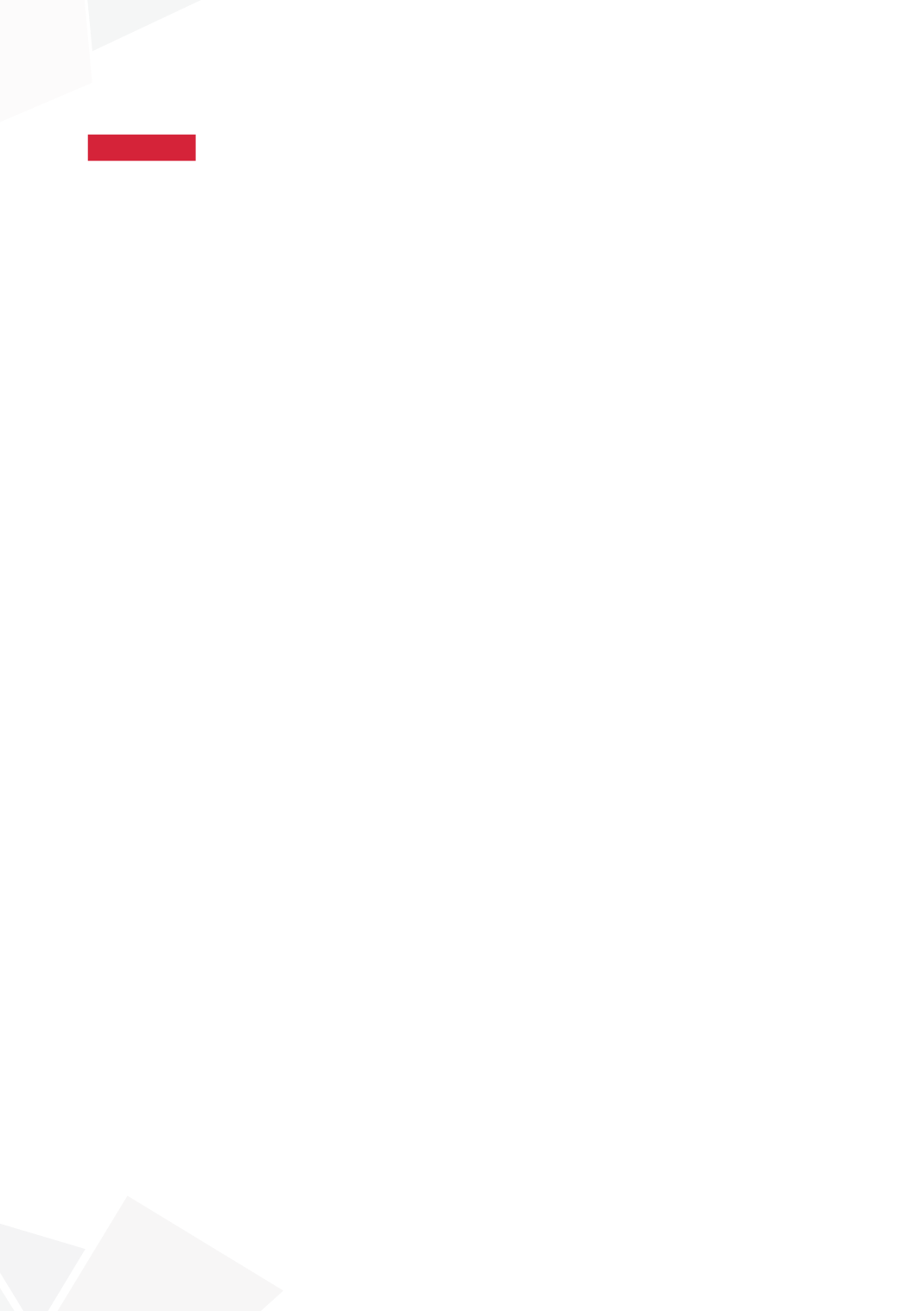

229
19–22 APRIL, 2017, BARCELONA, SPAIN
08:51–08:54
S20-10 (PP)
PERCUTANEOUS PARASACRAL NEUROMODULATION
FOR OVERACTIVE BLADDER IN CHILDREN – A PILOT
STUDY
Ubirajara BARROSO
1
, Alan AZEVEDO
2
, Mariana CABRAL
2
, Ana Aparecida BRAGA
3
,
Maria Luiza VEIGA
4
and José Murillo NETTO
5
1) Federal University of Bahia and Bahiana School of Medicine, Pediatric Urology, Salvador, BRAZIL - 2) Bahiana
School of Medicine, Pediatric Urology, Salvador, BRAZIL - 3) Bahiana School of Medicine, Psychology, Salvador,
BRAZIL - 4) Bahiana School of Medicine, Physiotherapy, Salvador, BRAZIL - 5) Federal University of Juiz de Fora,
Urology, Juiz De Fora, BRAZIL
PURPOSE
We developed a method of neuromodulation for OAB in children that consist of a percutaneous
parasacral electrical stimulation by an introduction of an acupuncture needle. The theoretical ad-
vantage of this method is to pass the skin that have a high impedance (decreasing the resistance
to the current) and to get closer to S3 where our target nerves are. The aim of this studies to report
our beginning experience.
MATERIAL AND METHODS
This is a prospective study of 15 patients with pure OAB, meaning that the patients had urgency
and low postvoid residual urine (less than 10% of the expected bladder capacity for age) and a bell
or tower shaped uroflow curve.
Two needles were placed simetrically in the sacral area, 2 fingers below a posterior line crossing
the anterosuperior iliac crist and 2 fingers away of the midline (figure). Patients underwent 6 months
of sessions once a week, for 30 minutes. The frequency of current used was 10 Hz. Outcome was
evaluated by VAS and DVSS.
RESULTS
Results
We followed 15 children, being 6 boys and 9 girls. The mean age was 7.5 years. The distribution of
symptoms before and after percutaneous parasacral neuromodulation (PPN) is shown in the table.
After treatment VAS scored 10 (complete resolution of the symptoms) in ten patients, 9 in two,
8 in two and 6 in one. Urgency (p=0.003), daytime incontinence (p=0.001), frequency (p=0.004),
enuresis (p=0.016) and DVSS (p=0.002) improved significantly after treatment.
CONCLUSIONS
Percutaneous parasacral neuromodulation (PPN) once a week has shown to be effective in this
small number of children with OAB. We believe that by decreasing the skin resistance against
the current and getting closer to S3 may make this method useful even being used once a week.
A large number of patients, longer follow up, and a control group are necessary to better study the
real efficacy of this procedure.
08:54–09:12
Discussion









